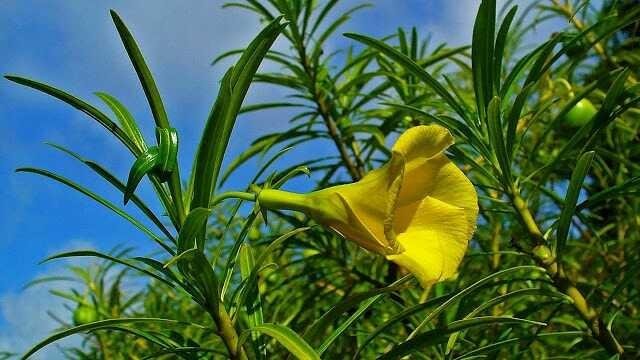Folk Remedy Itchy Skin Infection Moldy And Festering
Folk Remedy Itchy Skin Infection Moldy And Festering

Each person must have felt really care if related to skin health. The skin is the outermost part of the body that covers the meat, and because human skin has the good looks and beauty. But in some cases of the disease were considered upsetting, the skin becomes a victim due to wounds that are not well maintained. Some people try traditional medicine herb skin infections to stop and cure the inflammation. There are many potions that can be used to cure itchy skin infections, one of which with herbaceous plants Ginje.
The causes of the most common skin infections due to viruses, bacteria and fungi. The perceived symptoms on the skin is very diverse, there are even some survivors don't feel any symptoms at all. Generally the symptoms of skin infections can be easily seen or felt. Likewise should still be vigilant, since similar symptoms can just not illness is suspected. For it needs to be careful before choosing a traditional medicine skin infections due to bacteria. Though the drug traditions derived from natural ingredients, it is not impossible also has side effects.
If suffering from a skin infection due to yeast, should avoid the fixtures together. Like using slippers or shoes from sufferers of skin fungus. It is strongly recommended to change clothes if it feels moist or because of sweat. Symptoms of a skin infection depending on its kind, usually marked with a reddish rash symptoms. Followed by itching and sores on the skin, even swelling.

Traditional Medicine Skin Infections
One of the traditional medicinal plant dermatitis is ginje, the latin name is Cascabela Thevetia peruviana, Thevetia synonim with. According to the study, this plant is considered poisonous so it is not recommended for consumption. Ginje is a growing native plants throughout Mexico and Central America, then used as ornamental plants. Ginje Evergreen shrub plants or small trees, green leaves are coated in wax to reduce evaporation of water.
all parts of the plant ginje is considered very toxic to most vertebrates because they contain cardiac glycosides. There are many cases of poisoning are accidental and unintentional. The main toxin in the form of Cardenolides called thevetin thevetin A and b. other Toxins including peruvoside, neriifolin, thevetoxin and ruvoside. Cardenolides were not crushed if dried or heated, produces effects gastrik and kardiotoksik.
But some traditions have been applying herbs of this plant as a medicine skin infection festering and itching. As for how to process the leaves of ginje for the treatment of skin as follow:
Take 17 leaves ginje, plus 17 seeds jamu.
Whole herbs pounded until fine and plus a little water, then squeezed and filtered.
Water filter this herbs smeared on the skin infection.
Do 2 to 3 times a day.
Some of the ways that we can do to avoid infectious diseases of the skin. Avoid exposure include viruses, bacteria and fungus from other sufferers. For skin that is injured, be sure to close the skin with gauze so that bacteria cause infections not to enter from the outside. Do not get in contact with sufferers of skin infections or using the equipment. In addition, still keep the hygiene of the body, especially the hand.